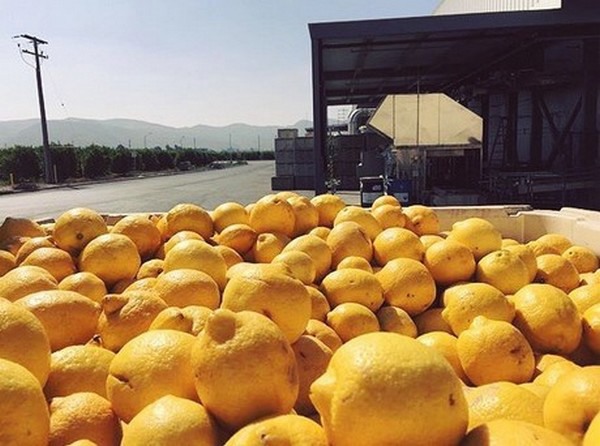Domestic lemon supplies look to be down somewhat, though quality is up.
Alex Teague of Limoneira based in Santa Paula, CA notes that harvest is approximately 90 percent finished in the Arizona desert crop and about 80 percent out of Coachella, CA. “The crop is about 28-30 percent down from last year. In the desert where the weather is volatile, it’s probably heat,” says Teague. “However, the grade outs have been much better than last year. 50-60 percent were Fancy and much better sizing.”
 Alex Teague of Limoneira.
Alex Teague of Limoneira.
Production has also begun in the San Joaquin Valley, CA where quality also looks to be up. “With the lack of rain, etc, the crop could be four to seven percent percent down. It might be a bit more because there’s a lack of sizing so we’re doing a lot of size picking,” Teague says. But, he says, because the market is limited in North America currently, it offers some flexibility. “As we roll into late winter-early spring, the coastal California lemon, that crop seems to be very strong but very stretched out. It’s not very concentrated which is good. We can stretch the harvests out into spring and summer,” he adds.
Along with domestic supplies, Mexico is finishing up its crop which was also down. And depending on freight rates, Spanish lemons could also be making their way in. “Domestic freight rates are huge right now—they’re taking the refrigerated trucks offline and suiting them up for vaccine transportation and that’s giving rise to historic levels of wintertime freight rates. But it gives the ocean freight from Spain and the Mediterranean some advantage to the East Coast,” says Teague.
Export pushing demand
Meanwhile on demand, Teague says it’s moving through the crop mostly because it’s going through export markets to countries where society has resumed some sort of normalcy again. “Asia has been very strong as has Australia. We’ve even started shipments into South America already and then there’s the domestic market as well,” he says.

Domestically, he says North American demand has been “an absolute roller coaster ride.” “Depending on who you talk to, foodservice makes up about 60-65 percent of lemon use and that’s been largely shut down,” Teague says. “We’ve been missing between 150-200,000 cartons of sales a week due to the restaurants being shut down. It’s not just total volume but also the sizes they take—they take medium and small fruit. With no retail option, they’re generally going straight to juice.”
On retail, lemons did see a boost in demand between 28-35 percent. “However, in the last month or so it’s slowed down and it’s now only about three to five percent above last year’s levels,” he says.
As for pricing, the small crops have allowed growers and shippers to maintain decent pricing. “Our pricing levels are running along at semi-normal due to the lack of volume,” Teague adds.
For more information:
Alex Teague
Limoneira
Tel: +1 (805) 525-5541
Tel: +1 (866) 321-8953 (sales)
Amteague@limoneira.com
www.limoneira.com
